Introducing Dupattas:
Dupattas are pieces of fabric that are traditionally worn and draped around one’s shoulders and are very versatile. They instantly add a splash of colour and design to any Indian outfit and give the looking character. Dupattas are also worn as scarves, sarongs, or turbans and have increased in variety and patterns over time. It is known to be a Hindi-Urdu word and means ‘shawl of doubled cloth’. It is currently used most commonly with salwar-kurta suits or ghagra as well.
History and Evolution of Handmade Dupattas:
The word is a combination of du- (meaning "two", from Sanskrit dvau, "two" and dvi-, combining from the form of dvau) and paṭṭā (which means a "strip of cloth," from paṭṭaḥ).
Origins of the dupattas trace as far back as the Indus Valley civilisation; some relics and sculptures depict men, mostly women using these to cover their heads for various purposes. Depending on the requirement, women used these as veils or scarves and were worn as a symbol of ‘modesty’. It is traditionally worn from shoulder to shoulder, across the chest, but is also worn over the head in some instances.
Over the years, these pieces of fabric have evolved extensively, starting from mere pieces of cloth or fabrics, and have now reached the heights of multiple different textiles and textures being used for the same, including the usage of different colours, patterns, and designs that beautify the material. Initially, dupattas were worn only to satiate the traditional customs and keep in touch with the culture of the societies; as the years have progressed, individuals have started using these fabric pieces as style statements or accessories that can uplift and elevate any outfit.
Initially being produced only through the process of handweaving, Dupatta’s have been one of the most consistent and ongoing accessories that have been a part of the traditional cultures, and the production and weaving of this, which initially was taken over by the artisans and weavers of certain regions, has not been adopted by even fashion designers and moguls of the textile industry. They are showcased and presented on a wide platform and are famous all over the world for their versatility, representation of culture, and the fashion personalities that it holds.
But even today, handmade dupattas hold a special kind of panache in this world of fast fashion.
Ten ways to style Handmade Dupattas:
Handmade dupattas are made from an array of different materials based on the thought-out design, the origin of the production, and the culture followed by the weavers. The fabric and style of the dupattas also have a huge impact on the outfit and the final look of the individual.
The first and most basic way of styling a dupatta is to simply drape it around one’s body, which gives it a traditional and elegant look. The dupatta can be put across the body, where one end of it is kept over the right shoulder while the other end is swept over the left one.
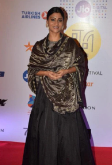
For the second style, the individual can make a half-pleated pallus, which is effortless yet stunning in its looks. All one has to do is pleat the dupatta on one shoulder and leave the rest of the fabric fanned out, hanging loose in the front of the body. This can also be done without making any pleats at the shoulder. 
Type three would be to pleat the dupatta on one side while leaving it open on the other, and can be done with dupattas with designed borders. The dupatta can be pleated along its length and then pinned onto one side of the shoulder while the rest of the fabric is left behind. Designs on the fabric get a chance to be flaunted and give a beautiful addition to any simple or even embroidered kurta. 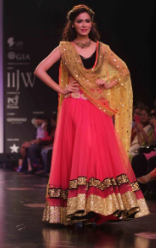
Rolling the dupatta around one’s arms is one of the easiest ways to drape a dupatta and gives the individual a royal and classy look. This style can be paired with outfits like lehenga-cholis or Anarkali and can be used for both formal and semi-formal events.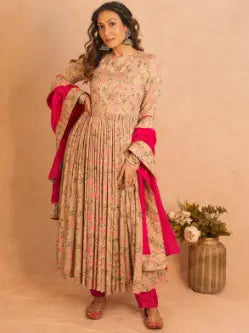
The fifth style is a free-falling look, which is one of the best ways to flaunt your dupatta. This is ideal for dupattas with heavy work and designs on them, such as Kota Doria silk, Kalamkari, and even Ranihati Chapa work could be best suited for this style. 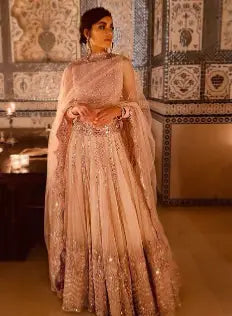
The waist belt drape is the sixth option for dupatta styling and is a more modern and contemporary addition to any indo-western outfit. The fabric needs to be placed on one shoulder while keeping the front length slightly below the waist, after which one can tie a sleek belt around the circumference of the waist and tuck the cloth into the other side of the belt. The best materials for this drape style are those such as cotton and georgette dupattas. 
Fanning the dupatta over one arm is the best option for flaunting heavy embroidered and stiff material fabrics. One must drape it over one side of the shoulder and let it hang freely on the arm. This technique would be an excellent choice to flaunt something like a Madhubani print dupatta or a heavy Phulkari hand embroidered. 
The eighth way of styling a dupatta is to wear it like a saree, which gives it a saree-like feel and appearance. One can just take the dupatta in hand and then pleat it on one side of the shoulder while pinning the other half on the waist. This look goes very well when wearing a crop top or designer choli with a lehenga or even when the body of the dupatta is adorned with beautiful motifs and designs. 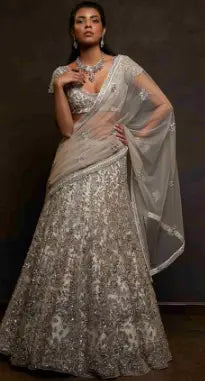
The cowl style is one of the most beautiful ways of draping the dupatta and is worn like a sash with cowls on one side of the body. To do this, one has to open the fabric entirely and take both ends, pinning them together so that it starts to form a cowl. This is usually preferred to be worn alongside a lehenga or heavy ghagra cholis.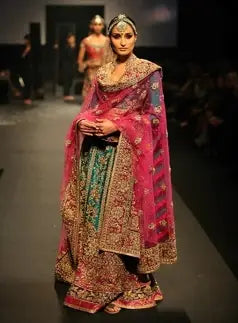
The last draping style could be the Shawl style, when one wears the dupatta like a shawl over their shoulders, where one can wrap it around their back, and then the upper hem and the folds of the dupatta can be held on the elbows. This gives a graceful and alluring look to the outfit and usually looks better with translucent or coloured net fabrics so that the outfit underneath is clearly visible. 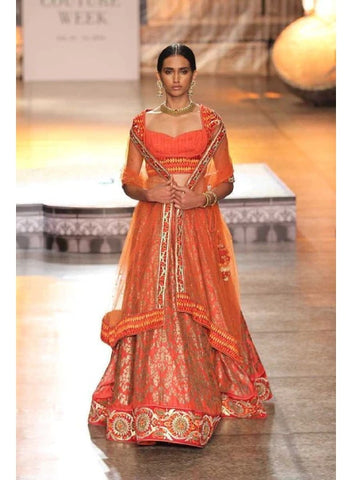
iTokri and its collection of Handmade Dupattas:
Housing a wide collection of handmade dupattas, iTokri has some of the country's best and most carefully curated pieces. From Bagh Prints to Bandhani dupattas, Leheriya to Madhubani, and Chanderi to Banarasi, one has a vast set to choose from. All these could be used, styled, and draped in any of the ten given dupatta draping styles and would provide a touch of beauty and elegance to any Indo-Western outfit. Kantha works from Bengal, Patchwork dupattas of India, and Sujani dupattas of Bihar could be other options to buy from to complete your look! 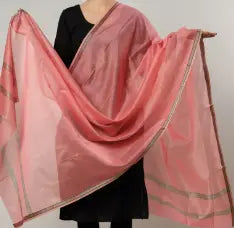
Image Credit : Pinterest
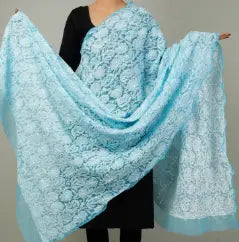
Image Credit : Pinterest
Blogs you might also like:
Indian Dupattas Of The Late 1990s That Are Still Popular
Stunning “Phad” Art from Rajasthan
Sarasa—The Gujarati kalamkari cloth that became a rage in Japan
REFERENCES
https://www.indiatoday.in/information/story/here-are-ten-different-ways-to-flaunt-your-dupatta-with-desi-outfits-check-these-styles-1812371-2021-06-08
https://www.itokri.com/collections/dupattas
 Verified Purchase
Verified Purchase






































Leave a comment (all fields required)